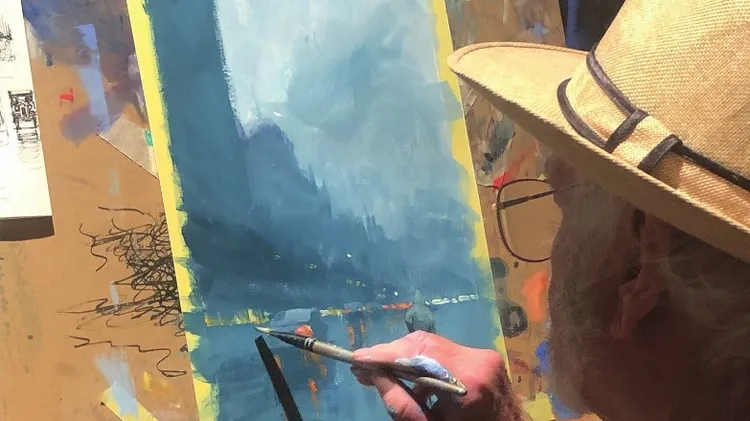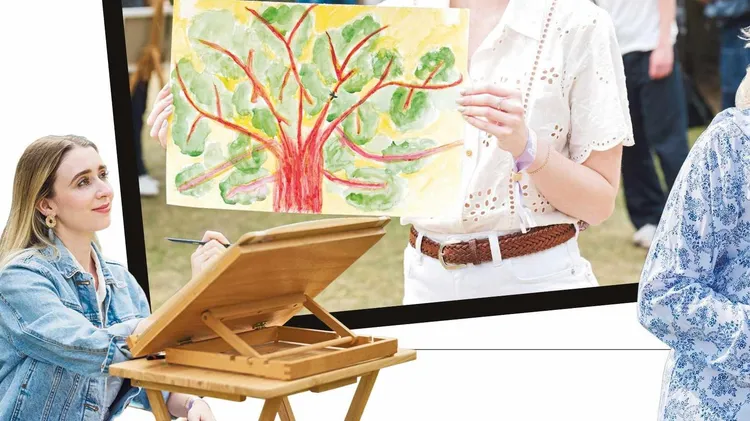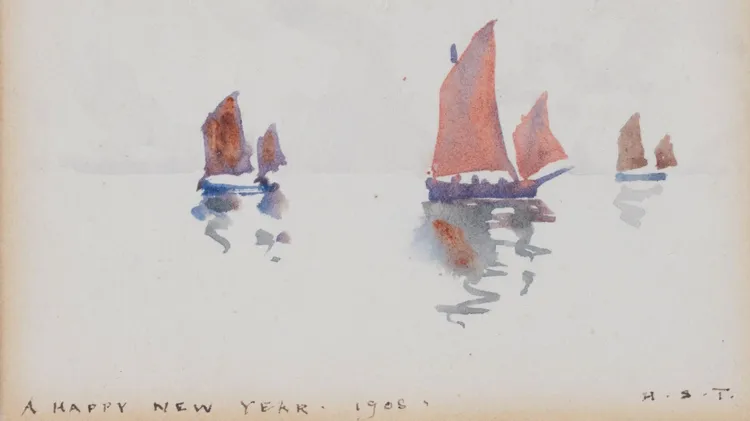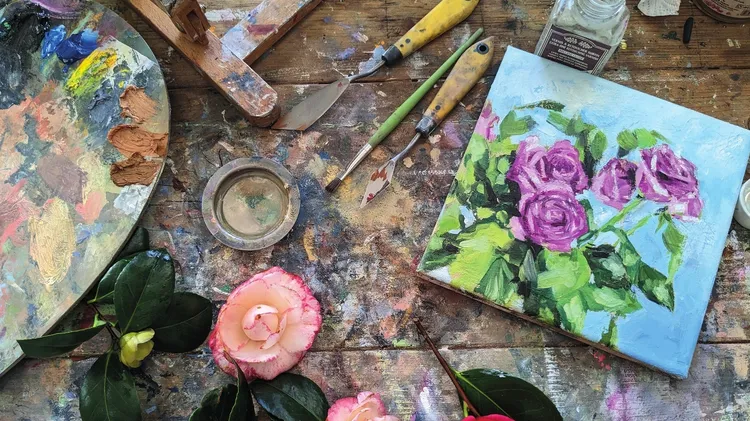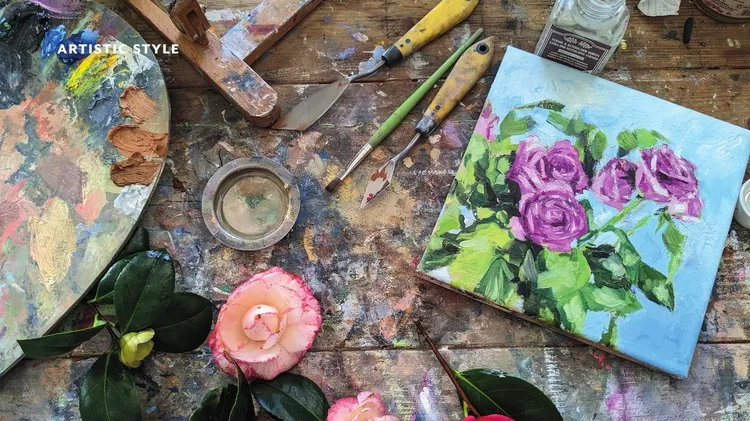This artist won the Artists & Illustrators’ prize at the Chelsea Art Society’
David sawyer
5 min read
This article is from...
Read this article and 8000+ more magazines and newspapers on Readly

